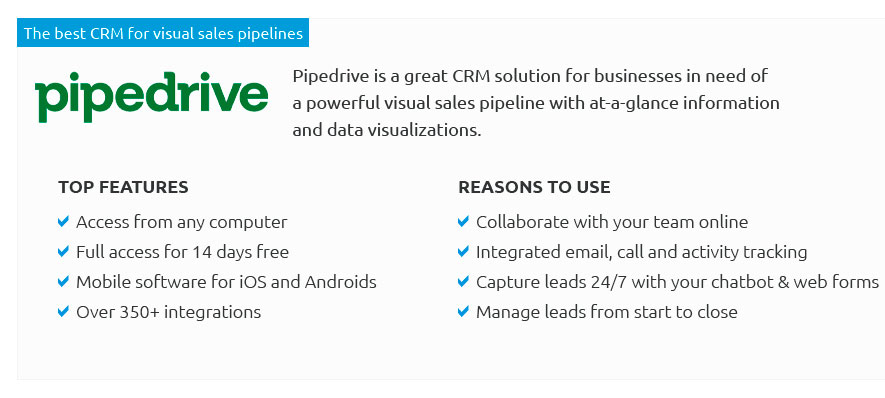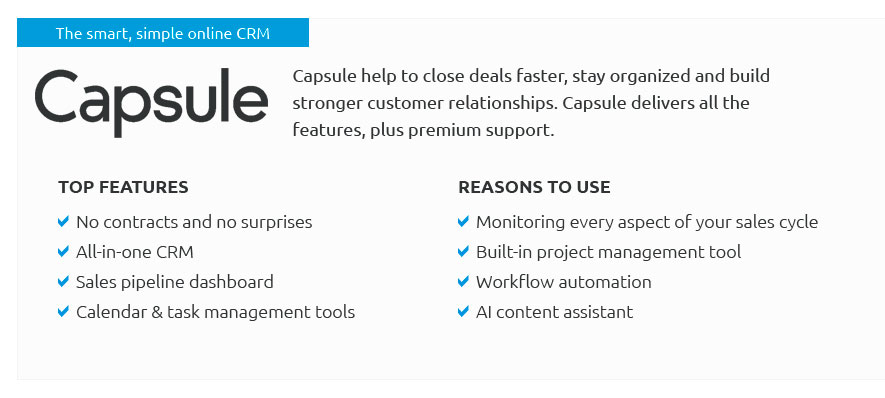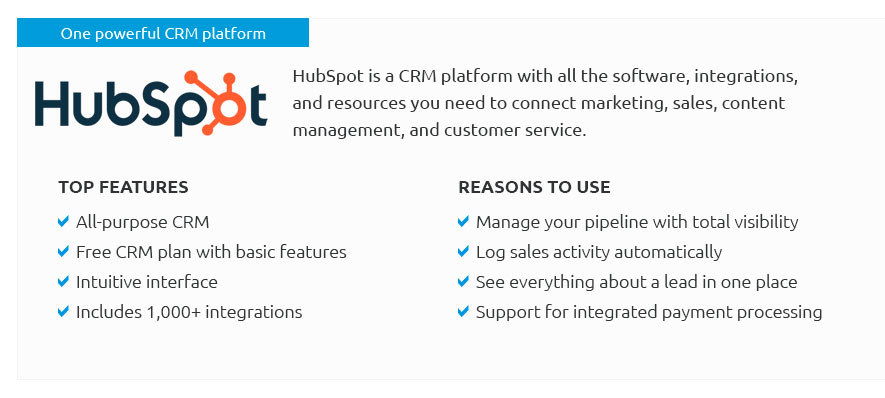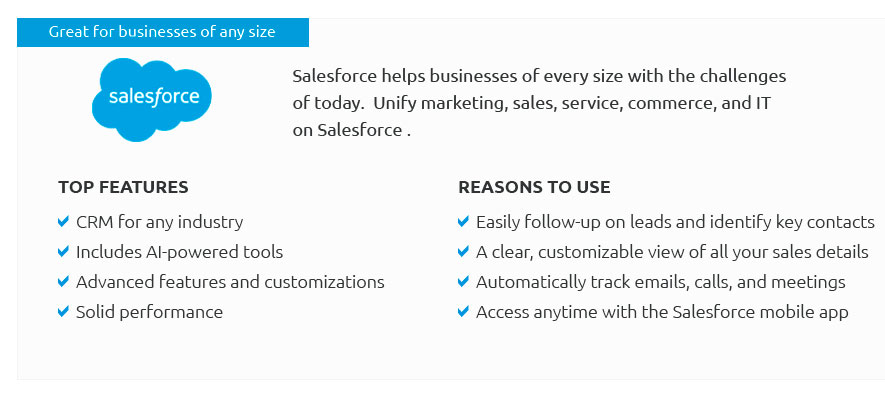 |
 |
 |
 |
 |
|
 |
|
 |
|
 |
|
 |
|
 |
|
 |
 |
|
bo39zkzc8 Unlock the full potential of your business with our definitive CRM Software Review, your ultimate guide to the best CRM platforms that are transforming the way companies interact with their customers; featuring the game-changing Lead Tracker Excel, this is not just another tool, but a powerful ally in your quest for success, ensuring every lead is captured, nurtured, and converted with precision and ease, all while providing unparalleled insights and streamlined workflows that boost efficiency and growth-because in today’s fast-paced market, you deserve nothing less than excellence.
https://www.smartsheet.com/content/lead-tracking-template?srsltid=AfmBOooTdBN8ORVB8UOdP3z8ubHZxzo-Fe4EN0D-uUfMWOWaad0s0Vu2
Sales Lead Tracker Excel Template ... This template is an alternative to CRM software for tracking small-business sales leads. You'll find three ... https://www.youtube.com/watch?v=kqSEgcalKTg
Free Lead Tracker Excel Template: https://businessmanagementblog.com/product/lead-tracker-excel-template/ Designed for small businesses with ... https://www.sheetgo.com/templates/sales/leads-tracking-management/
Use this spreadsheet-based leads tracking system to gather data from your team of sales reps automatically and monitor your sales funnel in the automated ...
|